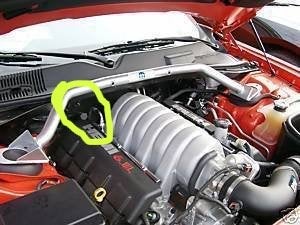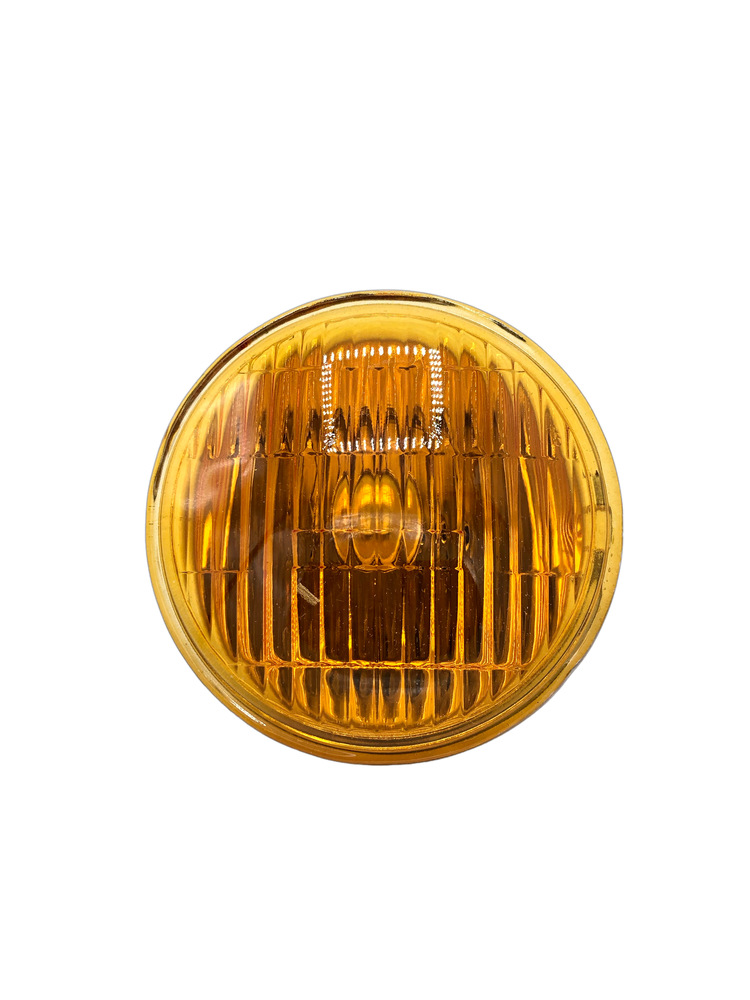Double sealed transmission ball bearings are available for use in both three speed car and four speed truck transmissions. There have been a lot of discussions about sealed bearings for this application and many people are apprehensive or skeptical, but I believe sealed ball bearings are the best choice.
Consider several facts:
How many good used ball bearings have you ever found when rebuilding a Model A transmission?
Sealed transmissions help to reduce the amount of “bad” transmission fluid being disposed of. Engineers have been charged with creating equipment to function longer, without necessarily redesigning the basic function. THE TRANSMISSION IS SEALED IN ORDER TO PREVENT CONTAMINATION OF THE FLUID. Mercedes have a red plastic cap sealing the fluid where normally there is thew dipstick at the back of the engine.


Modern elastomer rubber sealed ball bearings are lubricated for life and are used in many demanding long life applications like prop shaft bearings and alternator bearings where they never receive additional lubrication.
- Unfortunately “sealed ” transmissions are not commonly serviced by the DIY. There are procedures and special equipment required to perform that service at the dealerships. Unlike the “common” style transmission where you remove the drain plug or drop the pan and replace the fluid removed.
- The term 'sealed transmission' is not really accurate; it still has a filter and requires service. What people call a 'sealed' transmission merely means it uses a different method to check fluid level, so there is no dipstick tube to pour fluid into. Fluid becomes contaminated with moisture, friction material, and metallic contaminants.
Model A's have straight cut gears and generate a considerable amount of metal debris in the oil from shifting and gear grinding. This debris is circulated and is very abusive on bearings and shafts. Just look at any transmission and examine the countershaft, the wear and looseness of the ball bearings, and what comes out the drain plug. Model B's have a somewhat better condition, having helical cut gears except for first and reverse.
Worn and loose ball bearings typically found in Model A transmissions are the cause of uneven tooth wear and are a contributor to the cause of the shift lever trying to jump out of gear in 2nd and 3rd. This is due to the cam angle forces on the engaged teeth due to wear and misalignment of the shaft and bearings. This condition is especially noticeable with straight cut gears compared to helical ones.
Model A transmissions are also poorly sealed by the slinger and leak oil primarily out the back and into the universal joint housing. Oil can then find an even easier leak path, as well as lowering the oil level in the transmission.
In the worst case scenario, the sealed bearing would develop a leak and would allow transmission oil or universal joint grease into the bearing.
Sealed Bearings:
The part numbers I've used for the Model AA and BB truck bearings are Torrington-Fafnir 209PP and Torrington-Fafnir 307PP. These are both double sealed ball bearings of the correct size. The 200 series is the front and the 300 series is the rear.
The PP suffix on the bearing is important. It indicates a double elastomer/rubber sealed bearing. Bearings are also available with metal shields instead of seals, or with neither seals nor shields as original.
Additionally, bearings are also available with only one side sealed or shielded. The bearing series number is a standard, but each manufacturer uses somewhat different suffixes to identify seal configurations, so ask your bearing supplier.
Sealed Transmission Maintenance
Pictured above are the typical double elastomer/rubber sealed bearings used in Model A and B transmissions. Truck four speed transmission bearings are similar, but are larger sizes.
Sealed Transmission F150
Some people have expressed concern that the sealed bearings may have inadequate quantity of grease when new, based on their experiences with different brands. If that is a concern it is possible to pop the seal out on one side using a small jewelers type screwdriver and then add more new clean grease. Then snap the seal back in and assemble to the shaft.
If you are still a skeptic, consider using a rear bearing with only one side sealed. I would put the seal side on the transmission side so that the universal joint grease will reach the bearing. I believe this is better because the universal joint grease is relatively clean compared to the transmission oil which is full of metal particles from worn gears.
January 2003
This topic contains 7 replies, has 4 voices, and was last updated by 4 years ago.
i have a 2013 Chevrolet equinox it has 79433 miles on it has no dip stick for the tranny fluid someone told me that they are sealed
saw some videos about how to change it has drain and fill plugs i found but would i need a pump and a fill plug and level surface
but dealer said doesn’t need to be changed is this true i thought they had to be changed every 35000 miles any feed back on this would be helpful?
Sealed Transmission Reddit
The owner’s manual will provide the recommended change interval of the ATF fluid. It will be necessary to determine if you use the vehicle for ‘normal’ or ‘severe’ service which have different intervals.
Install java on macos. In my humble opinion; if you tow a trailer on a regular basis this is a severe service interval vehicle.
Unfortunately “sealed ” transmissions are not commonly serviced by the DIY.
There are procedures and special equipment required to perform that service at the dealerships.
Unlike the “common” style transmission where you remove the drain plug or drop the pan and replace the fluid removed.
With these new style “sealed ” systems, some require the transmission fluid t be within a specific narrow temperature range and use a specialized drain / pump unit to drain and fill the transmission.
It is not as easy as just removing X amount of quarts and add the same amount.
Another item to consider, you may well void your warranty if you choose to attempt this on your own.Granted this isn’t your specific vehicle.
But it will give you some idea what you may get yourself into.JMHO…
It is a win for the MFGs and dealerships.
But for the shade tree mechanic your just S.O.L.
Plus, add to the fact you get a savvy shopper who knows the transmission is sealed and can only be serviced by the dealership.
I’m sure they will want to see proof of service.My Camaro is also 97500 for normal service and 45000 for severe. I have been toying with the idea of dropping the pan to change the eight (8) quarts and filter. I am fortunate that the fill hole is on the passenger side top of the transmission. If I measure the amount collected when dropping the pan to put the same amount back in using a pump and hose to fill the ATF; the same technique used in the rear differential gear lube replacement.
The only issue I see is having a collection container large enough to capture the entire area under the ATF pan, but i think a large aluminum roasting pan might be large enough for collecting.
If careful I think an experienced DIY would be able to do the filter and ATF change.
[quote=”BigDanIL279″ post=185869]My Camaro is also 97500 for normal service and 45000 for severe. I have been toying with the idea of dropping the pan to change the eight (8) quarts and filter. I am fortunate that the fill hole is on the passenger side top of the transmission. If I measure the amount collected when dropping the pan to put the same amount back in using a pump and hose to fill the ATF; the same technique used in the rear differential gear lube replacement.
The only issue I see is having a collection container large enough to capture the entire area under the ATF pan, but i think a large aluminum roasting pan might be large enough for collecting.
If careful I think an experienced DIY would be able to do the filter and ATF change.[/quote]
It is your vehicle and your free to do what you please.
You need just be aware that if for some reason you get it wrong and you have a failure …
I doubt the warranty will cover it and your pretty much on your own.There is a fill hole on the top of your trans. We reccomended servicing them at 30k and had many that the fluid was dark black already. If you need help through it let me know.
Sent from my iPhone using Tapatalk
